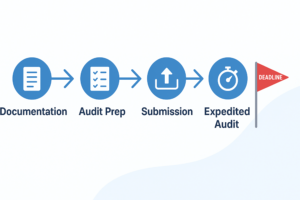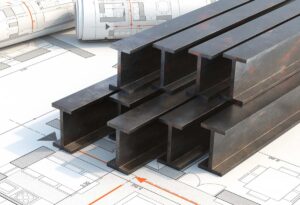If your firm operates commercial vessels that are longer than 79 feet, with discharges (e.g., ballast water, stormwater runoff, etc.) into U.S. waters, those vessels are subject to coverage under the 2013 Vessel General Permit (VGP) as of December 19, 2013.
As part of the National Pollutant Discharge Elimination System (NPDES), the VGP is the primary regulatory instrument used by the U.S. Environmental Protection Agency (EPA) to authorize commercial vessel discharges that are incidental to normal operation and to limit pollutants released into U.S waters. Vessels that are covered under the VGP must meet the following permit requirements:
- General effluent limits for all discharges.
- General effluent limits for 26 specific discharge streams.
- Effluent limits based on narrative water quality standards.
- Requirements for inspection, monitoring, recordkeeping, and reporting.
- Requirements for specific vessel types.
If one or more of your vessels need coverage under the VGP, there are two ways to obtain it:
- For vessels that are at least 300 gross tons or can hold or discharge more than 8 cubic meters of ballast, submit a Notice of Intent (NOI) to the EPA.
- For vessels that are less than 300 gross tons and cannot hold or discharge more than 8 cubic meters of ballast, submit a Permit Authorization and Record of Inspection (PARI) form and keep a copy onboard the vessel at all times. An NOI is not required.
The 2013 VGP supersedes the previous 2008 VGP. If your vessels were covered under the 2008 VGP, you need to submit new NOIs in order to continue coverage. The 2013 VGP regulates the same discharges that were covered under the 2008 VGP, but also includes new requirements and limits that may apply to you. You can find a brief overview of the changes in the 2013 VGP here.
Due to a moratorium on permit requirements, non-recreational vessels that are less than 79 feet long are currently not required to receive permit coverage for incidental discharges (except for ballast water). However, this moratorium is scheduled to expire on December 18, 2014, unless Congress acts to extend it. The EPA has drafted a small Vessel General Permit (sVGP) to provide permit coverage for these vessels when the moratorium expires and expects to finalize the sVGP at a later date.
If you have questions about the VGP, Freer Consulting Company is available to respond to your questions. Freer Consulting Company is also available to help you apply for coverage and maintain compliance with the permit.








